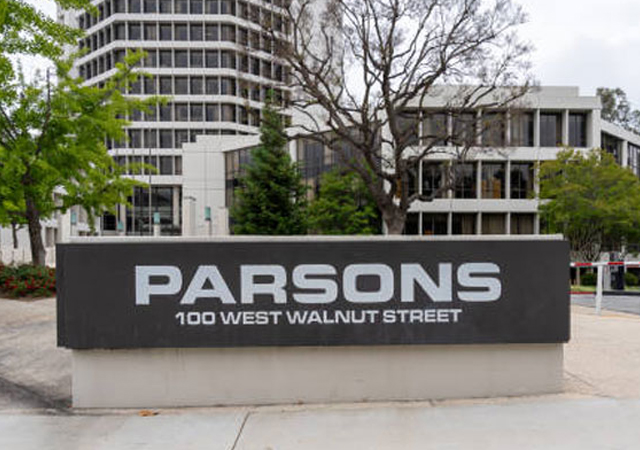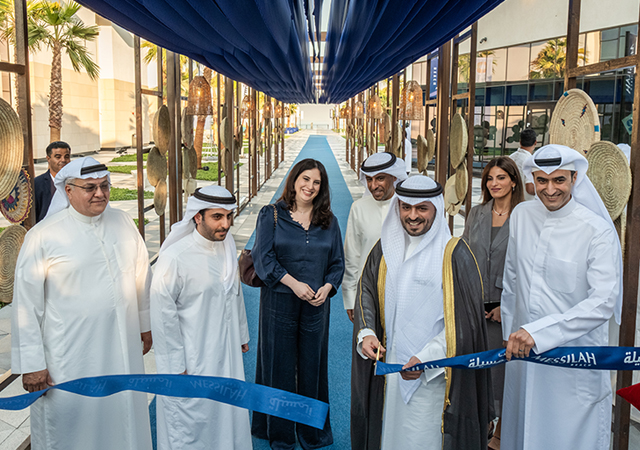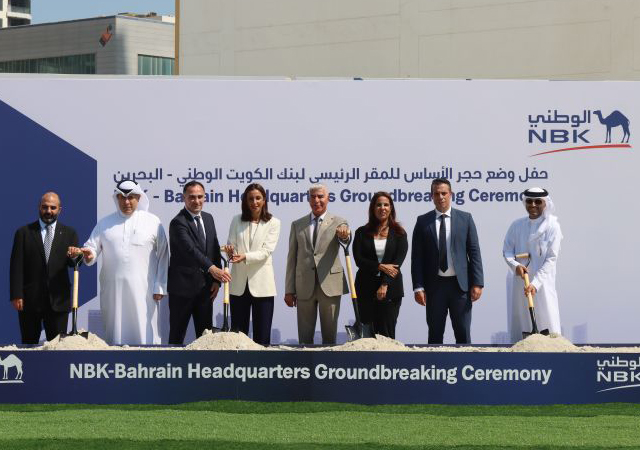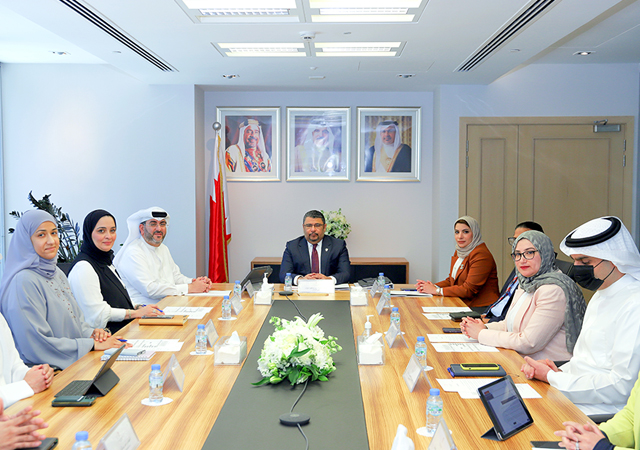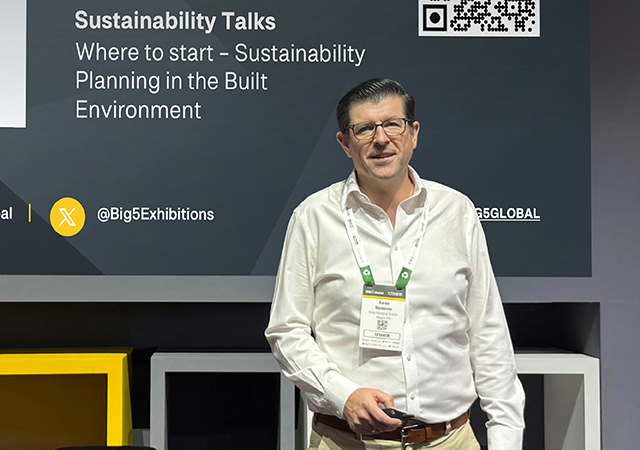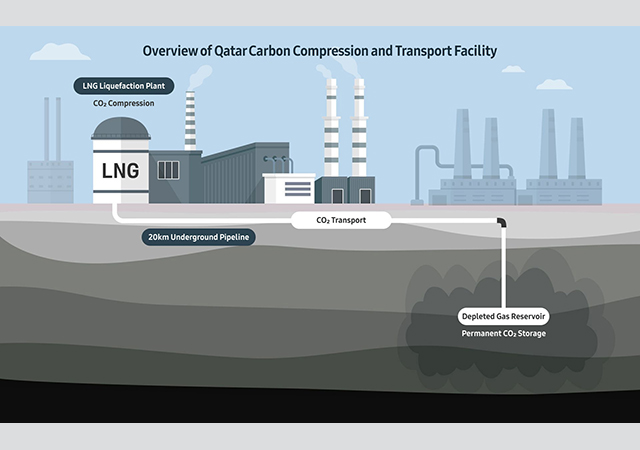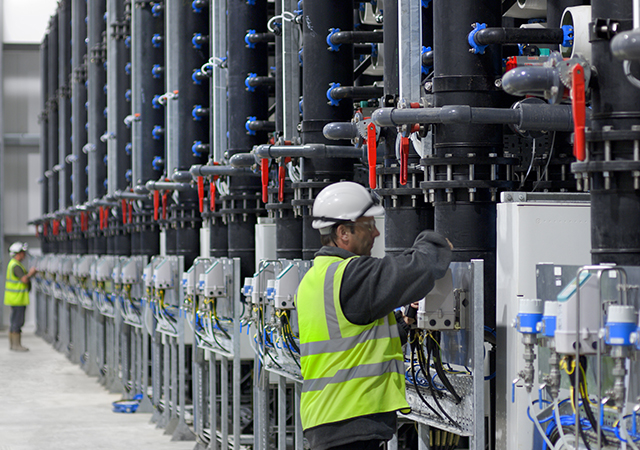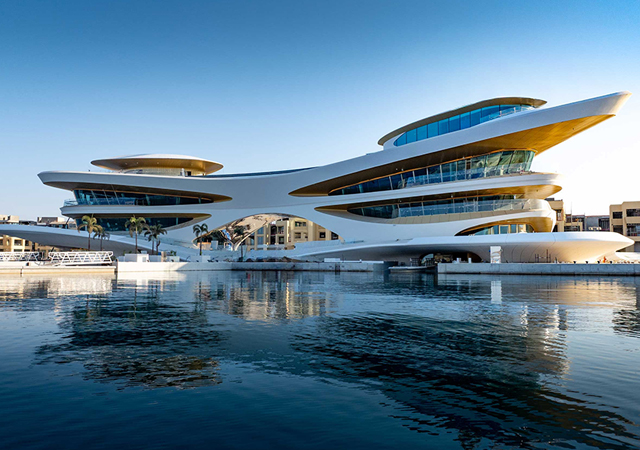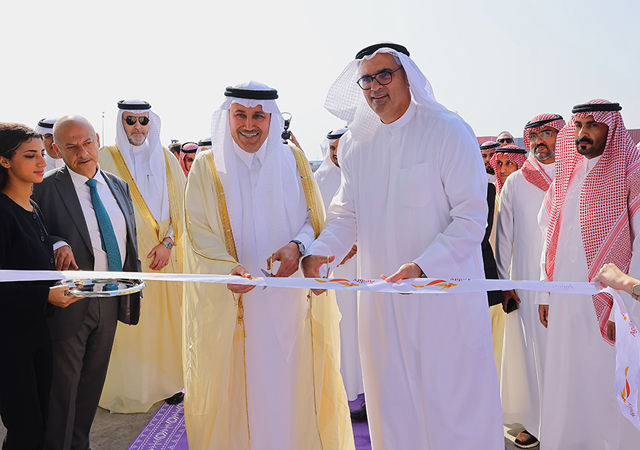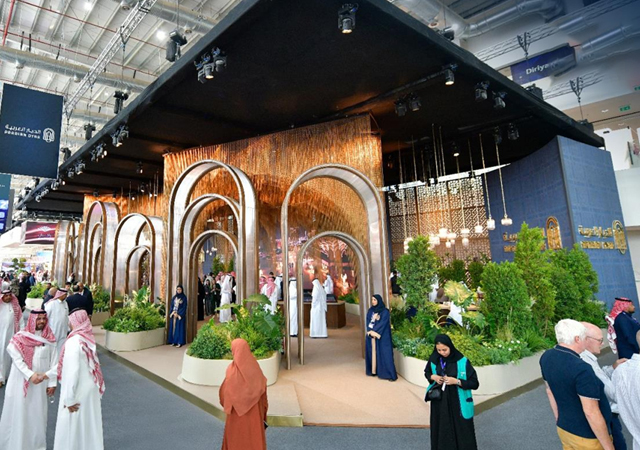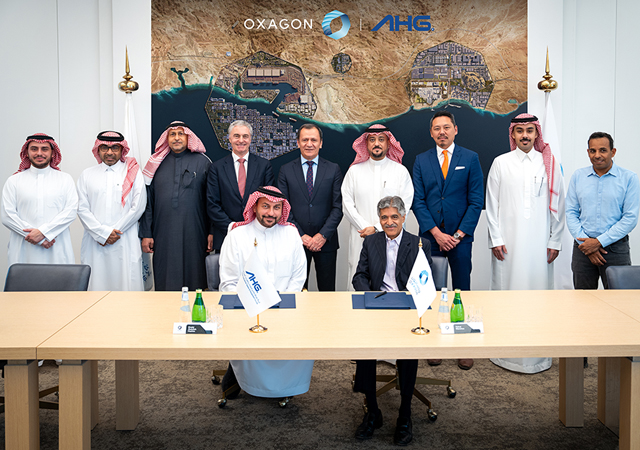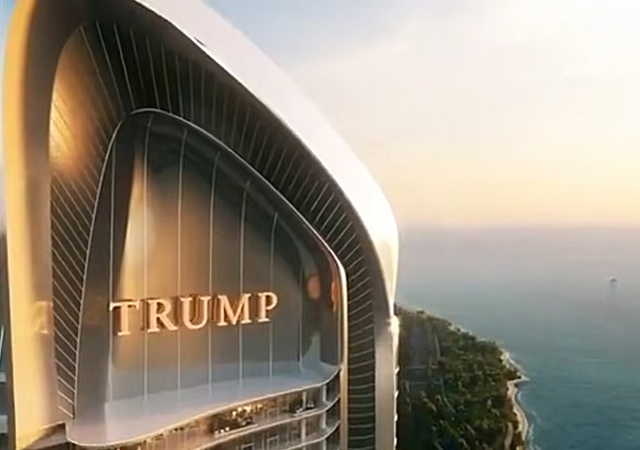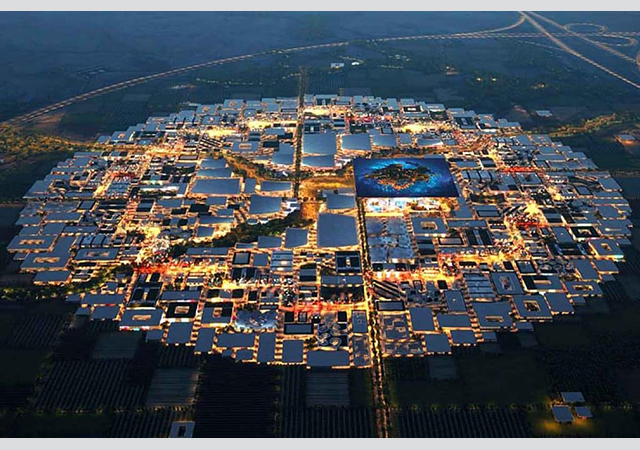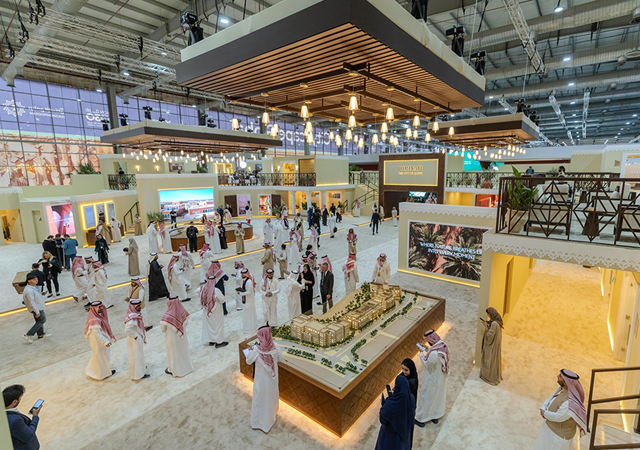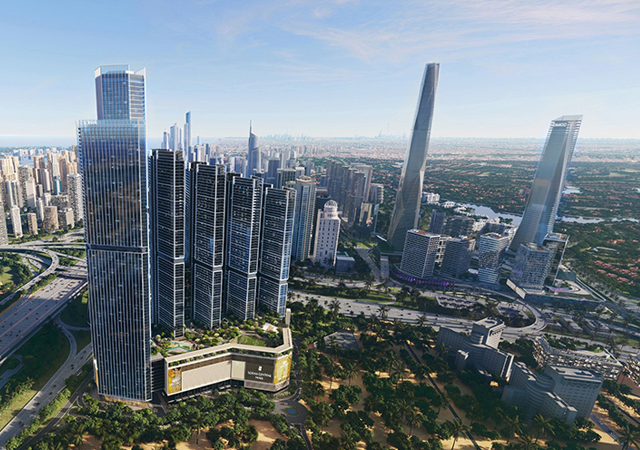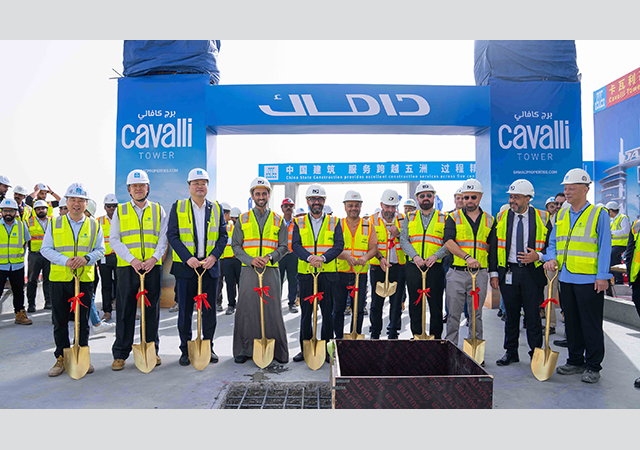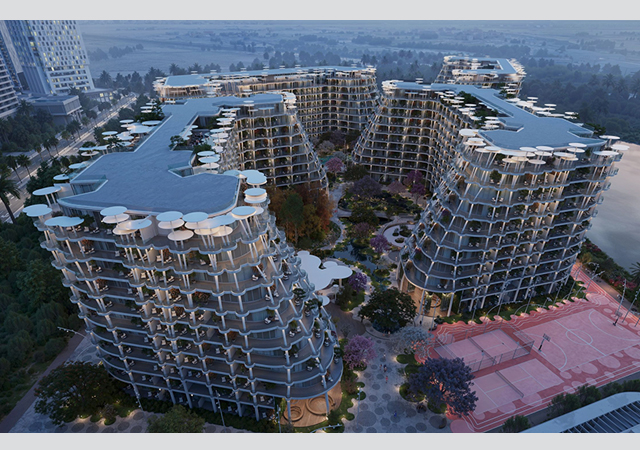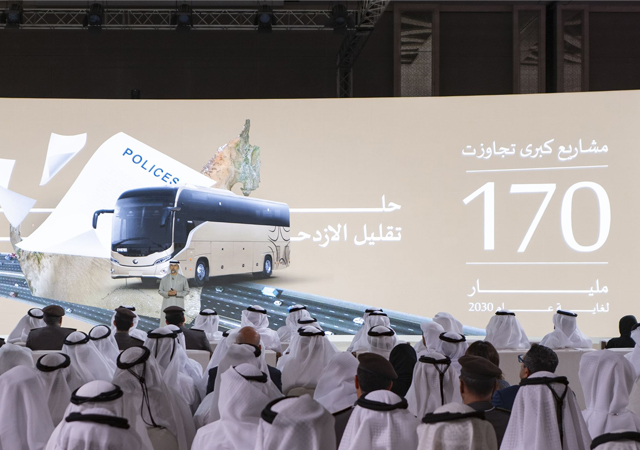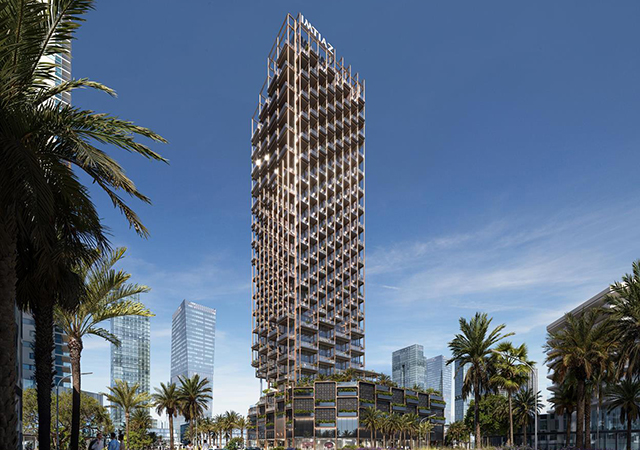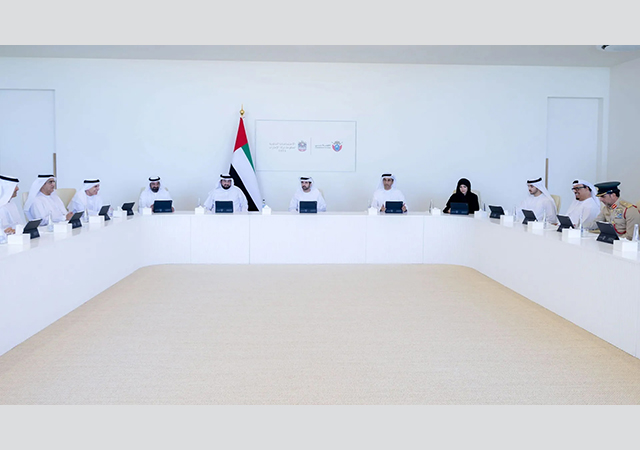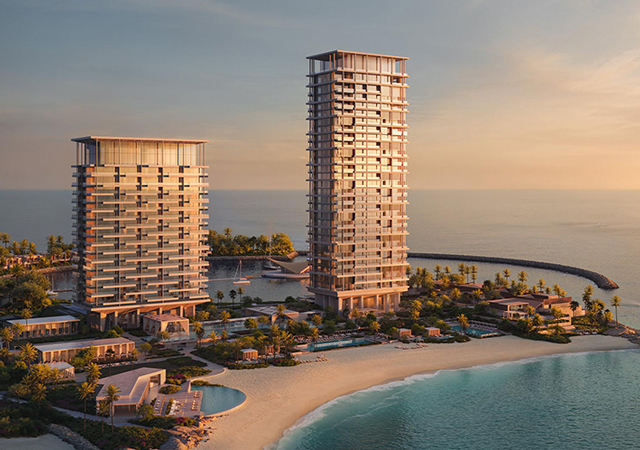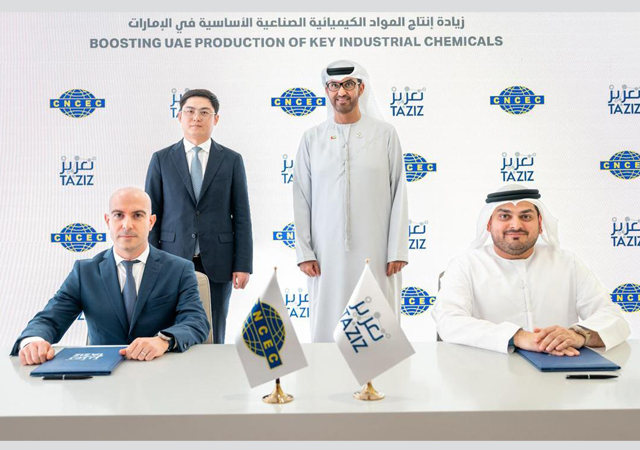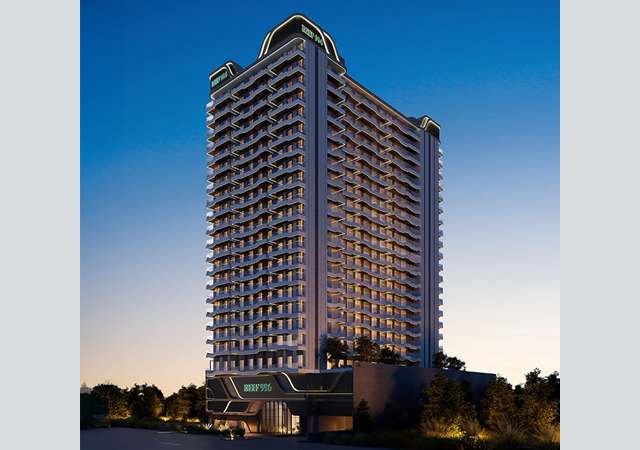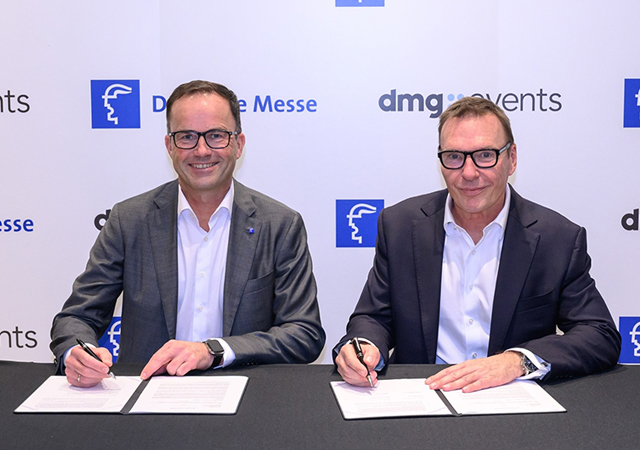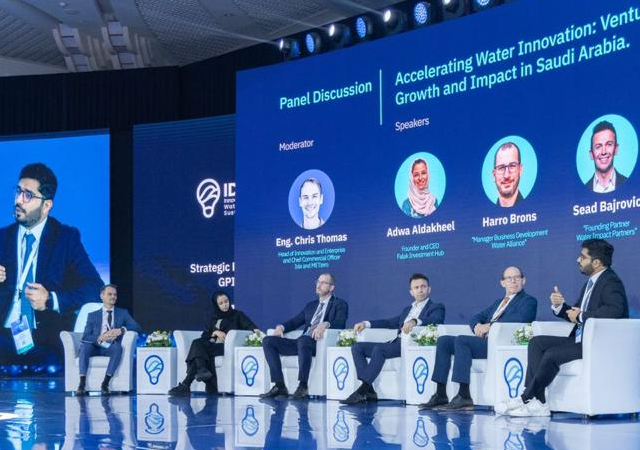
 At work ... Masa PCOs.
At work ... Masa PCOs.
WHILE stressing the importance of integrated pest management (IPM), Masa Establishment for Pest Extermination, Maintenance and Contracting claims to have all the necessary tools to overcome pest problems especially in luxury villas, palaces and hotels.
Naimul Hasan, an entomologist, fumigation expert and pest management professional at the Saudi-based company says the IPM concept is a systematic strategy for managing pests that considers prevention, avoidance, monitoring and suppression. Where the use of chemical pesticides is necessary, a preference is given to materials and methods that maximise public safety and reduce environmental risk.
IPM requires the participation of the pest control operators (PCOs) and all concerned staff residing in the premises to be served.
“IPM practices are now commonly used inside buildings by pest management establishments, though not always in a comprehensive and consistent way,” Hasan points out.
A professional pest management service such as Masa is also fully equipped with and the last weapon to be used in the fight against pests – pesticides, he adds.
“Although we are aware of the problems of using pesticides, there appears to be no choice but to continue using pesticides because alternative methods of pest control have not yet been proven,” explains Hasan.
 |
Termite control ... calls for proper and safe use of chemicals. |
Pesticides
High levels of pest infestation, when observed, require the use of rapid-acting pest control agents. “Pesticides answer this need. In addition, the effects of efficient pesticides can be seen as soon as they are applied,” he says.
A variety of pesticides are used by Masa depending on the application:
• Acmegel-Imidacloprid (2.15 per cent gel): This is used to control cockroach proliferation inside buildings. Imidacloprid is highly effective: it kills the cockroaches rather than repelling them, by bait feeding. The gel formulation is suitable for any kind of weather ranging from extreme dry conditions to humid areas. The Acmegel formulation is suitable for indoor applications as it does not contaminate food in kitchens and food-handling areas.
• Fipronil (five per cent SC): This is an odourless chemical used to control insects in and around the building premises, especially as a residual spray chemical for most crawling and flying insects, specifically all kinds of ants, cockroaches, crickets, earwigs, silver fish, scorpion, centipede, wasps and hornets.
• Alpha cypermethrin (10 per cent SC): This is a high-performance, residual insecticide that controls mosquitoes, houseflies and cockroaches for a longer duration. It is suitable for use in domestic and institutional premises and public buildings. It can be used in hospitals, kitchen restaurants and food processing and food storage areas.
• Alpha Cypermethrin (five per cent WP): Effective in controlling malaria, it has a very long residual effect and kills insects with contact action, thus offering protection against a range of mosquito species. It is safe to non-target animals and human beings and effective both indoors and outdoors, owing to its longer residual action. It is odourless, non-greasy, only mildly irritant and cost effective as it is potent in low doses.
• Deltamethrin (1.25 per cent ULV): This is an oil-based concentrate formulated for dilution in diesel oil or kerosene and can be applied by ULV (ultra-low-volume) or thermal fogging equipment as space sprays, which play a pivotal role in immediate control of adult mosquitoes and thereby cutting down the transmission cycle. Deltamethrin ULV formulation is specifically designed to control flying insects like mosquitoes, flies and black flies. Fogging is now an essential technique of the IPM concept to maximise efficiency while using less chemicals.
• Deltamethrin (2.5 per cent WP): This formulation has a long residual effect when applied as a residual spray, being highly effective in killing mosquitoes, moths, beetles, weevils and other insect pests of stored grains/seeds. Deltamethrin is recommended and certified by National Anti Malaria Programme (NAMP) as a mosquito adulticide. It offers high degrees of safety compared to other conventional insecticides at the recommended dosages and is safe to non-target animals and human beings.
• Temephos (50 per cent EC): Mosquitoes play a major role in the transmission of more human diseases than any other arthropods. Hasan says since mosquitoes undergo a metamorphosis during their lifecycles, there are two completely separate environments in which the pest problem can be controlled, mainly by tracing and larviciding the breeding sites of mosquitoes; and residual spraying of the adult resting places with insecticides.
“Mosquito control can most easily be achieved by destroying mosquito larvae at their aquatic breeding source because a large number of larvae can be easily targeted and they are confined to a limited area. Moreover, a larviciding operation can be programmed and executed more easily and the development of adult mosquitoes can be prevented. Temephos has proved to be an excellent larvicide and is useful in a wide variety of situations,” he says.
Fumigation
The fumigation technique, although an effective means of pest control, is restricted by strict laws around the globe because it releases a more dangerous gas called Phosphine.
A fumigant is a pest control product that, at a specific temperature and pressure, can exist in the gaseous state in sufficient quantities to be lethal to a pest. Fumigants may move through air spaces, between soil particles (soil fumigation) or through air in structures (space fumigation).
Space fumigation generally requires the gas be contained within the treatment area for a specified period. Following treatment, aeration takes place under controlled conditions until fumigant levels have dropped below specified levels.
Fumigants are important components in pest management and may be chosen over other conventional techniques because of their unique ability to diffuse throughout a common airspace to eliminate a broad spectrum of pests. Fumigation affords broad spectrum control, swift control of pests even in inaccessible areas, is non-residual and cost-effective and eliminates pests in zero-tolerance areas.
They are especially useful for pests infesting structures, commodities, processed food, wood products including lumber and furnishings, and any materials that are difficult to disinfect by other means and will not be damaged by fumigation.
“Masa is amongst the companies that hold the licence to practice fumigation professionally in Saudi Arabia with the help of technical experts in the fumigation process,” says Hasan.
Termite control
The control of termites makes up a major portion of pest control work over a large part of Saudi Arabia. And this task requires specialists, knowledgeable in building construction, termite biology and behaviour, the proper and safe use of chemicals, the use and maintenance of equipment and safety.
Hasan says Masa has a comprehensive knowledge of the way insects live as well as the safety measures in controlling pests, having successfully treated and saved thousands of dwellings, buildings, artwork, museums, antiques, wooden frames and other similar materials made of wood. Its methods are based on more than 32 years of experience.
“To protect the health and environment, Masa uses the safest techniques, equipment and pesticides that leave no residue except what is required, therefore, minimising the risk of pesticide spillage.”
He says any unnecessary exposure to pesticides should be reduced or eliminated. “Pesticide applicators can minimise exposure to themselves and others by carefully following all application instructions and precautionary statements on the product label. It is good practice to minimise the presence of bystanders in the area while pesticides are being applied and immediately after,” Hasan concludes.



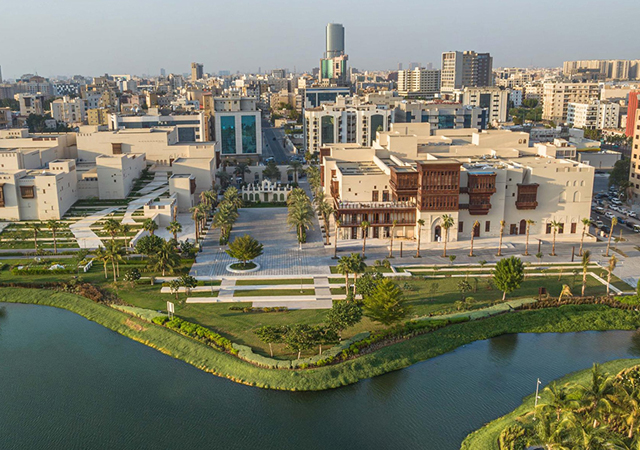
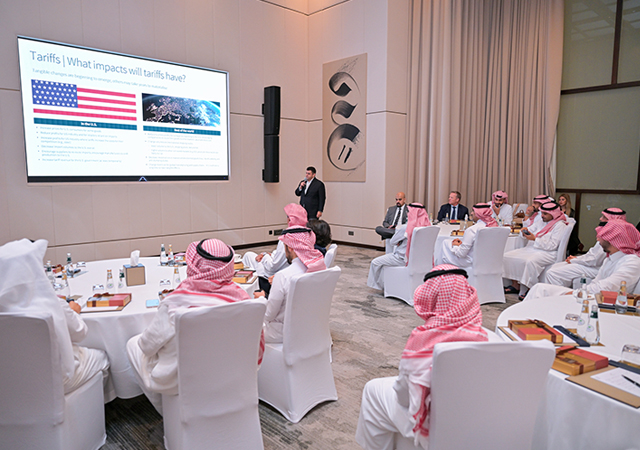
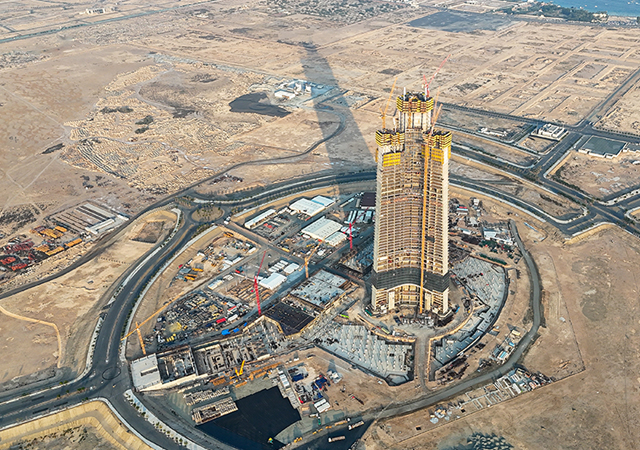
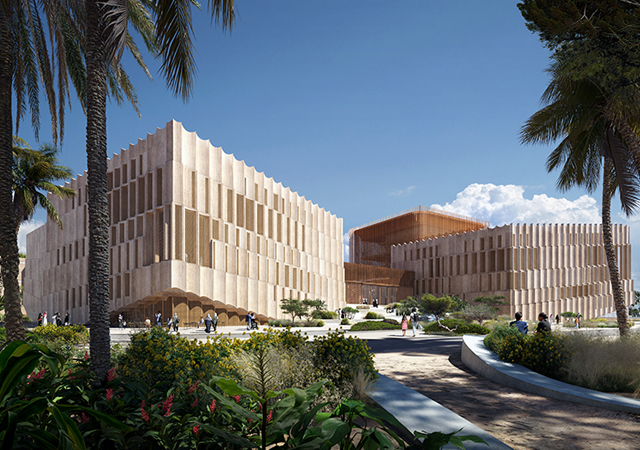




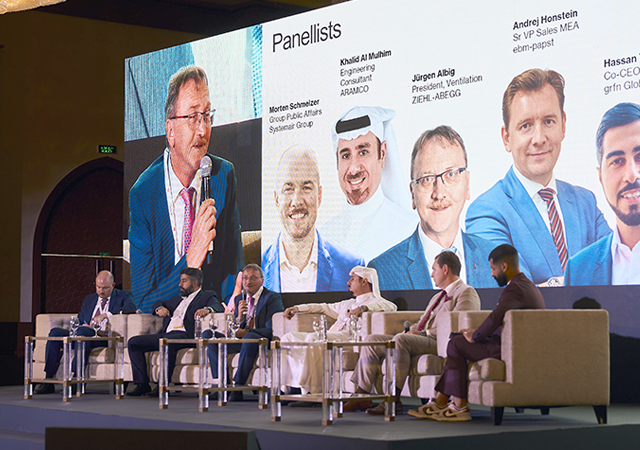
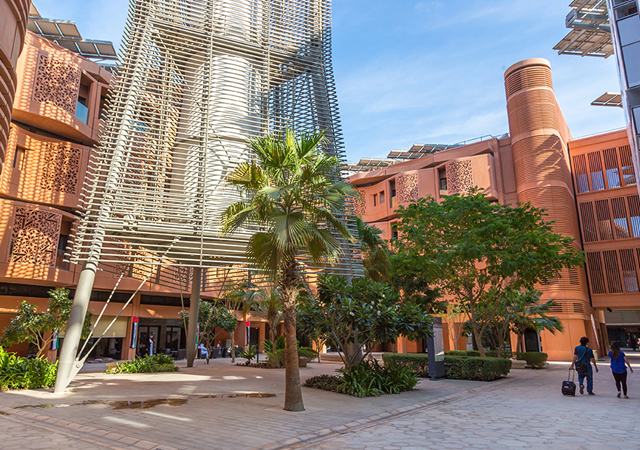
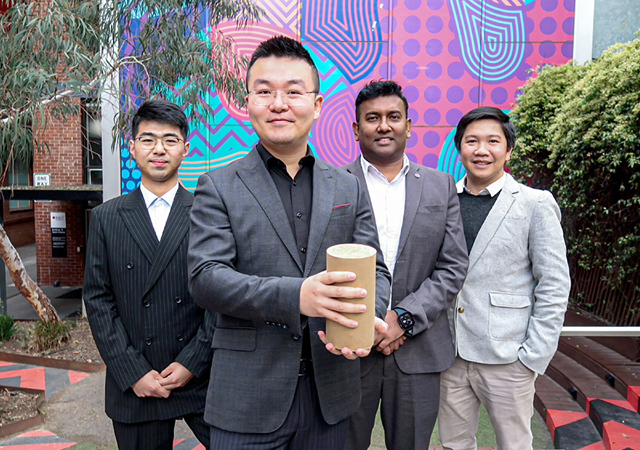
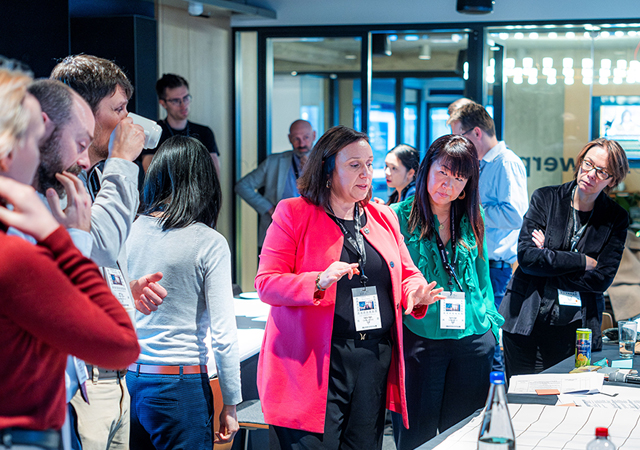

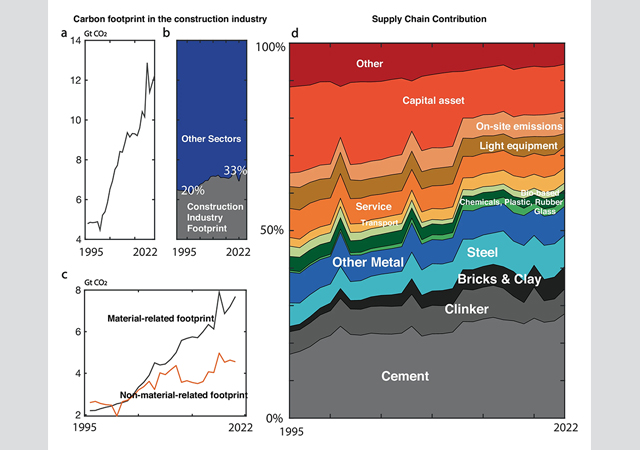
.jpg)
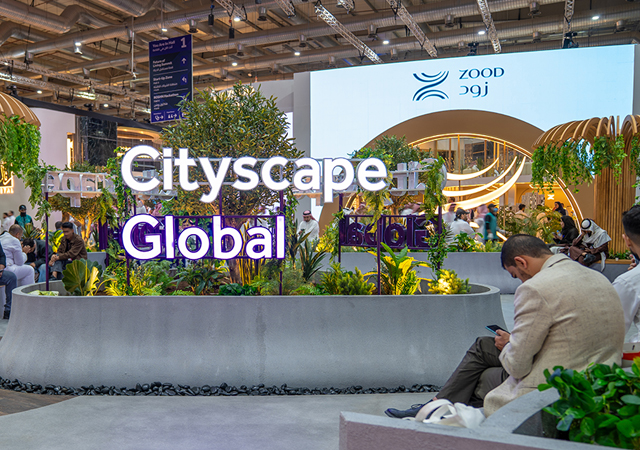
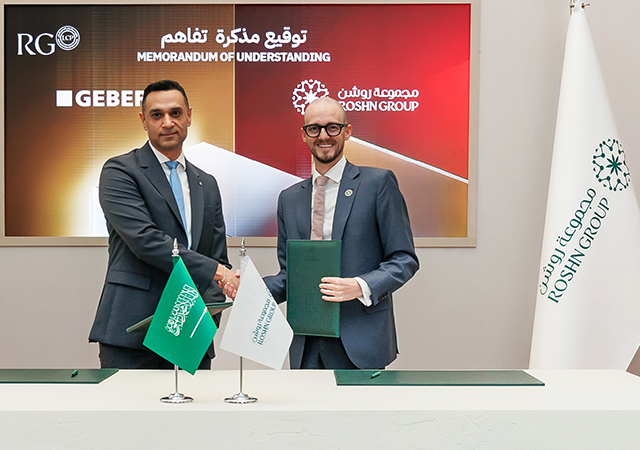
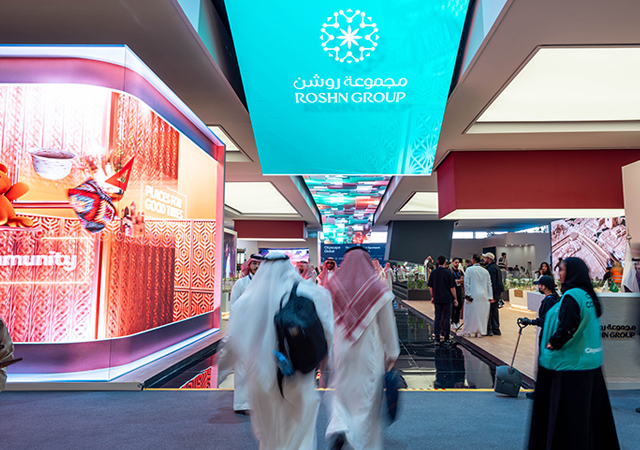
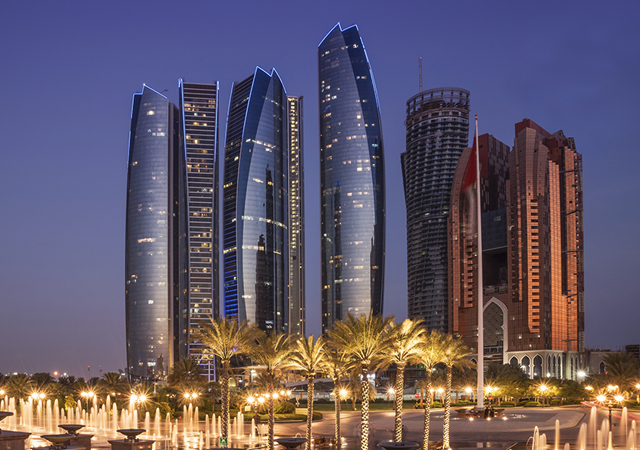
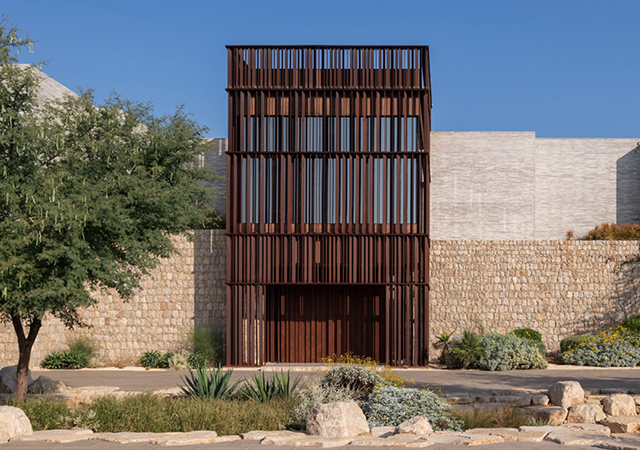
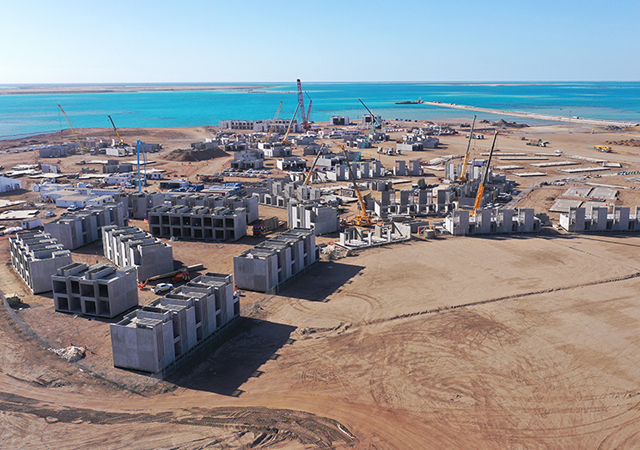
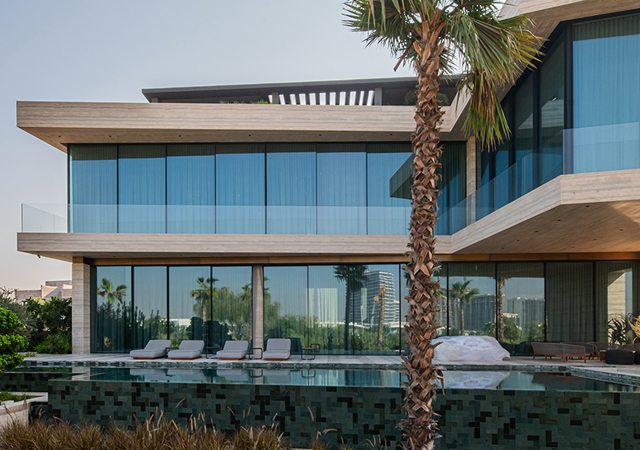
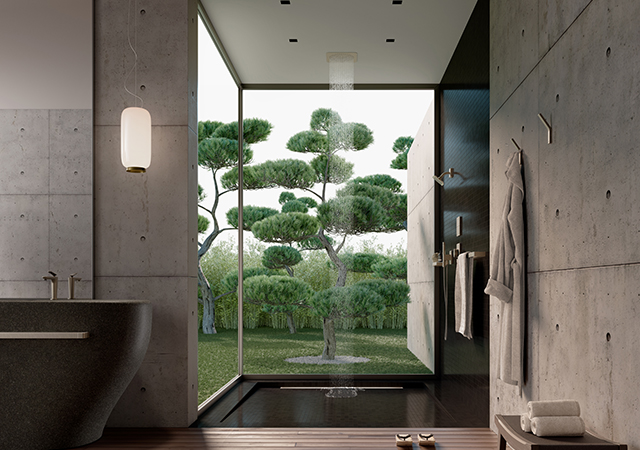

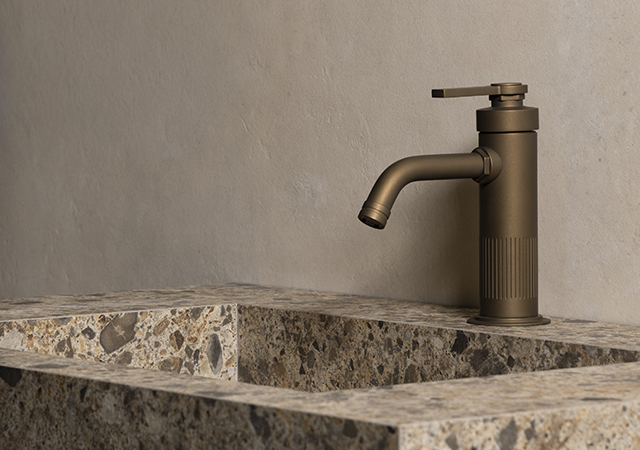


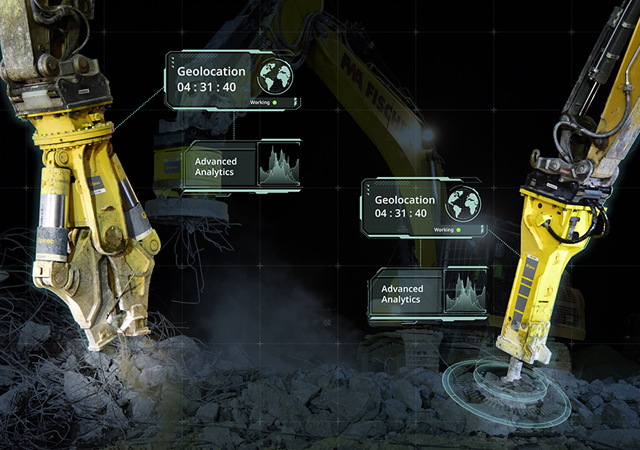
 (1).jpg)


